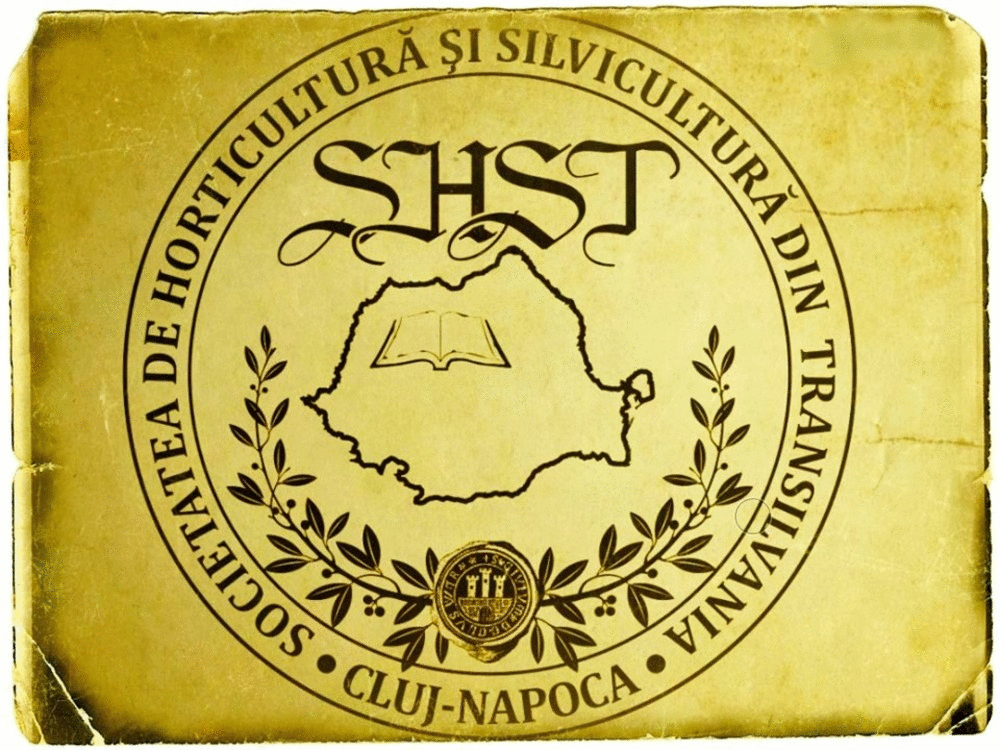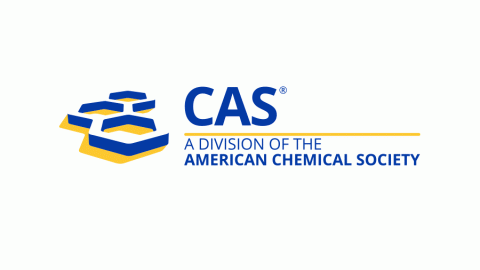Seasonal Abundance of Micro Algae in Pandi Backwaters of Godavari Estuary, Andhra Pradesh, India
DOI:
https://doi.org/10.15835/nsb234685Keywords:
hydrographical features, phytoplankton, seasonal distributionAbstract
Gautami branch of Godavari River is a typical positive estuary and is in tidal communication with the open sea upto a point near Kapileswarapuram. This branch flows southwest and opens into Bay of Bengal at two places, namely Bhiravapalem and Kothapalem. The Gautami branch of Godavari is also connected to Pandi backwaters by a channel known as Pedderu, which starts at Kothapalem, Balusutippa area and enters Pandi back water system. Two stations were selected for collection of data. Hydrographical data were collected for one year from July 2006 to 2007 and the data on distribution of phytoplankton was studied in three seasons during 2006-2007. Hydrographical features of the two stations showed that lower values were recorded during October to February months, while higher values were reported from the month of March to September. A total 57 species of phytoplankton were identified from the two study sites of the Pandi backwaters Composition of phytoplankton varied seasonally in relation to salinity fluctuations and showed that two peak periods, one in June-July and another in between December and March. Present study indicates that diatoms are the dominant group followed by the Chlorophyceae and others. This study will aid the baseline data for aqua-culturists in nearby regions.
Metrics
Downloads
Published
How to Cite
Issue
Section
License
Papers published in Notulae Scientia Biologicae are Open-Access, distributed under the terms and conditions of the Creative Commons Attribution License.
© Articles by the authors; licensee SMTCT, Cluj-Napoca, Romania. The journal allows the author(s) to hold the copyright/to retain publishing rights without restriction.
License:
Open Access Journal - the journal offers free, immediate, and unrestricted access to peer-reviewed research and scholarly work, due SMTCT supports to increase the visibility, accessibility and reputation of the researchers, regardless of geography and their budgets. Users are allowed to read, download, copy, distribute, print, search, or link to the full texts of the articles, or use them for any other lawful purpose, without asking prior permission from the publisher or the author.













.png)















